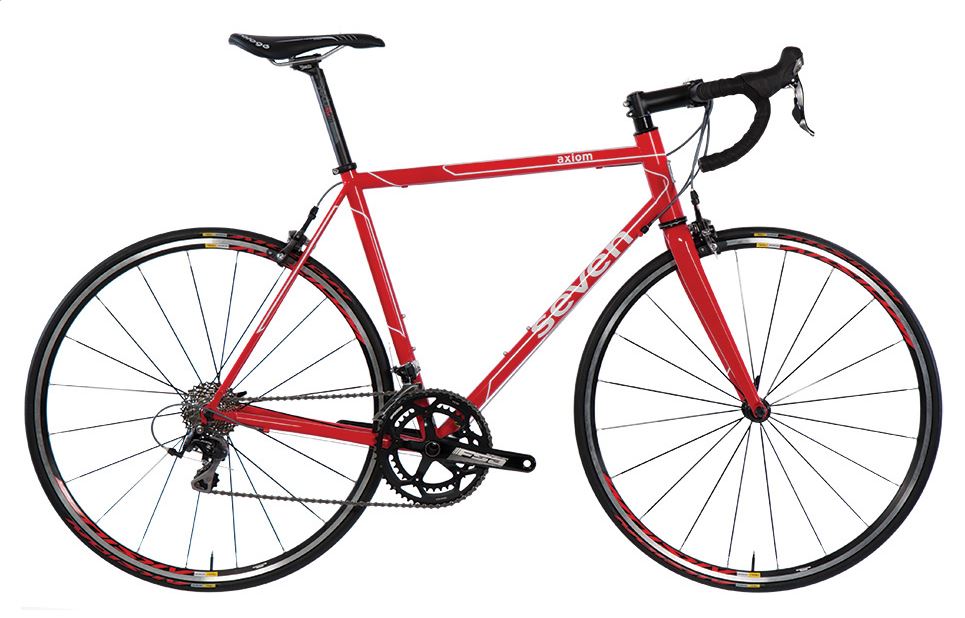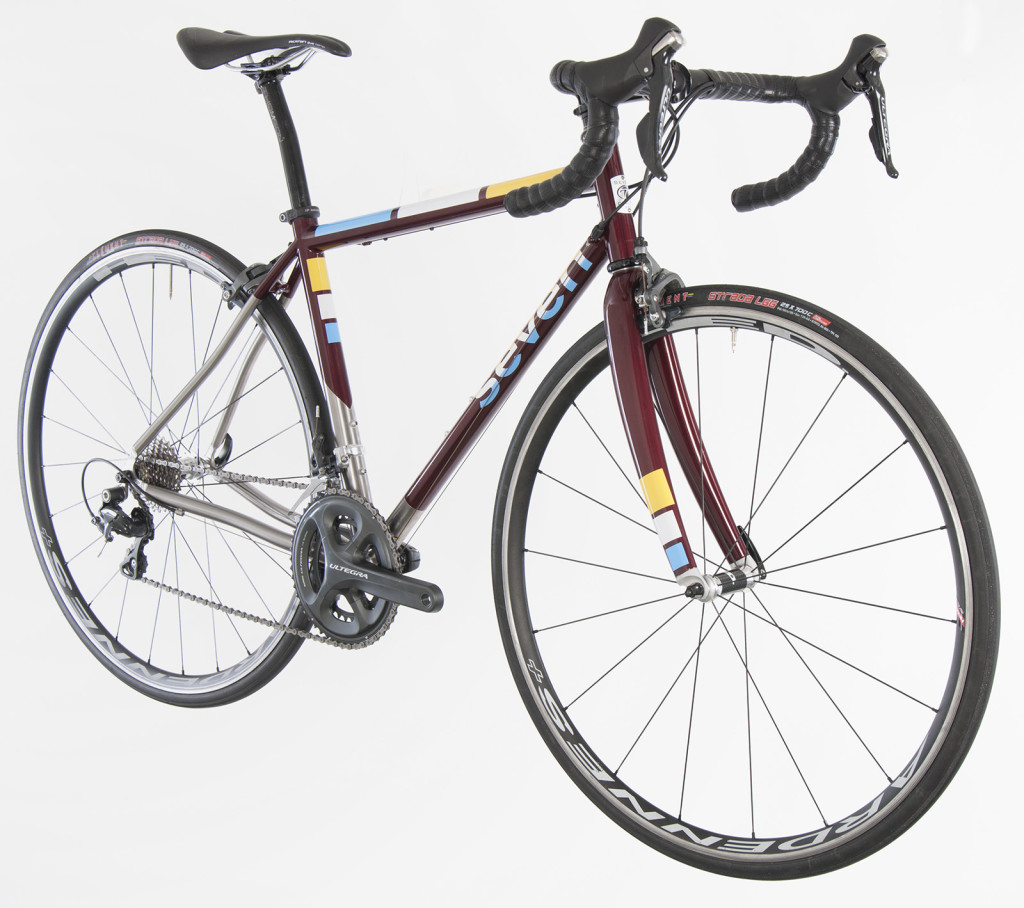
Every new bike purchase is, in a very real way, a design challenge, engineering the best possible solution for the type of riding you want to do. How you address that challenge can vary wildly, from choosing an off-the-shelf bike that already does most of what you want it to do, to building a fully custom bike.
When we think of a new bike at Seven, we start our own design process with material choice. What frame material makes the most sense? Steel has a unique ride feel, bright and lively, comfortable. In the hands of a good builder, steel can be light, too. But titanium can be light and just as comfortable. It won’t corrode, will survive better in a crash, can be repaired. In a word, it is durable. And carbon fiber, which is even lighter (in most cases) and stiffer. It dampens vibration well, but is not generally as durable as titanium or steel, nor as naturally comfortable.

We think it’s important to start at the beginning, with frame material, rather than jump forward to decisions based on component spec or features. The riders we talk with every day know what they want their bike to do. Why not choose the material that does those things best, rather than settling for a bike retro-fitted to do them.
As an example, many carbon fiber road bikes have some sort of impact dampening system built in, something to take the edge off, either an elastomer insert or a suspension pivot. What this suggests is that the base frame material wasn’t the best choice for the purpose, a more compliant material like steel or titanium made more sense.

We also know that it is possible to get benefit from multiple frame materials, which is why we build mixed material bikes like our 622 XX. Here again, we try to take a holistic approach, matching the materials to the purpose from the beginning of the design, instead of engineering ways to overcome a material’s weaknesses. The 622 XX uses frame material to incorporate the stiffness and lightness of carbon fiber with the compliance and structural strength of titanium. It looks pretty good, too.
When you take a holistic approach to bike design, you work forward from the frame material’s capabilities, rather than working backwards from its limitations. This is what we try to do, with every bike.




